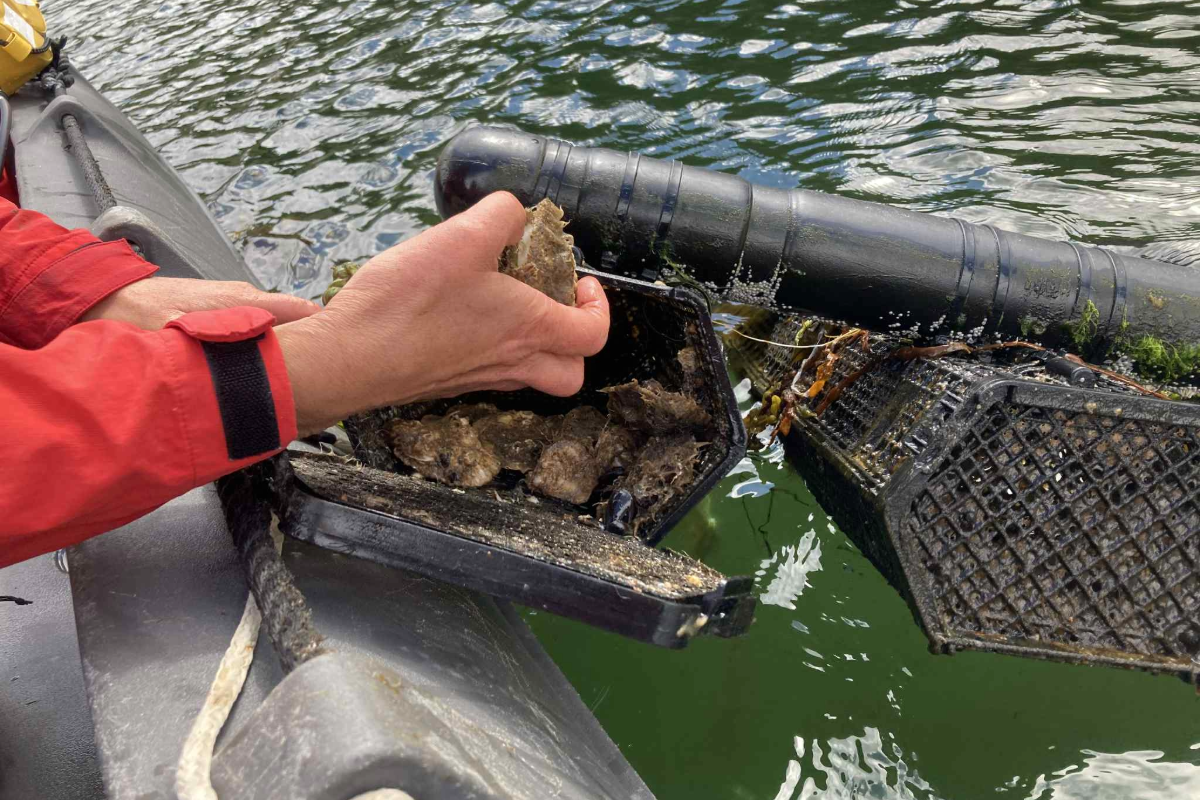CAOLAS visit to Loch Broom oyster restoration
Engaging with community through oyster release sites

Visiting the Loch Broom oyster restoration site gave us insight into new methods we could use for monitoring our own oyster release sites. This includes new ways to measure oyster mortality associated with natural predation, which we will use to inform site suitability for restoration. Loch Broom has only released a small cohort here, yet the site lends itself well to education sessions since it is more accessible compared to other release sites, and since children can be involved without great risk to the wider project. This is something we are now considering in our own loch to better engage the community in what we do. We also learnt about other outreach methods such as baiting a creel and investigating what it attracts, and using oyster hoisters at pontoons for easy public access to ‘exemplar’ oysters. With regards to training requirements to implement the methods we learnt about, it is unlikely that we need any additional training to go forward with these ideas.
Learning Outcomes
- Analysis of methodologies used for monitoring.
- How to effectively engage volunteers for personal growth and wider benefit to the community. Developing pro-environmental attitudes and behaviours to create a community of nature stewards.
- Training requirements to implement appropriate methodologies.
